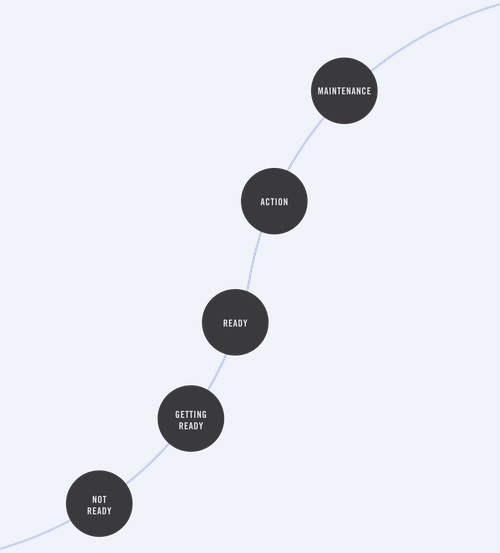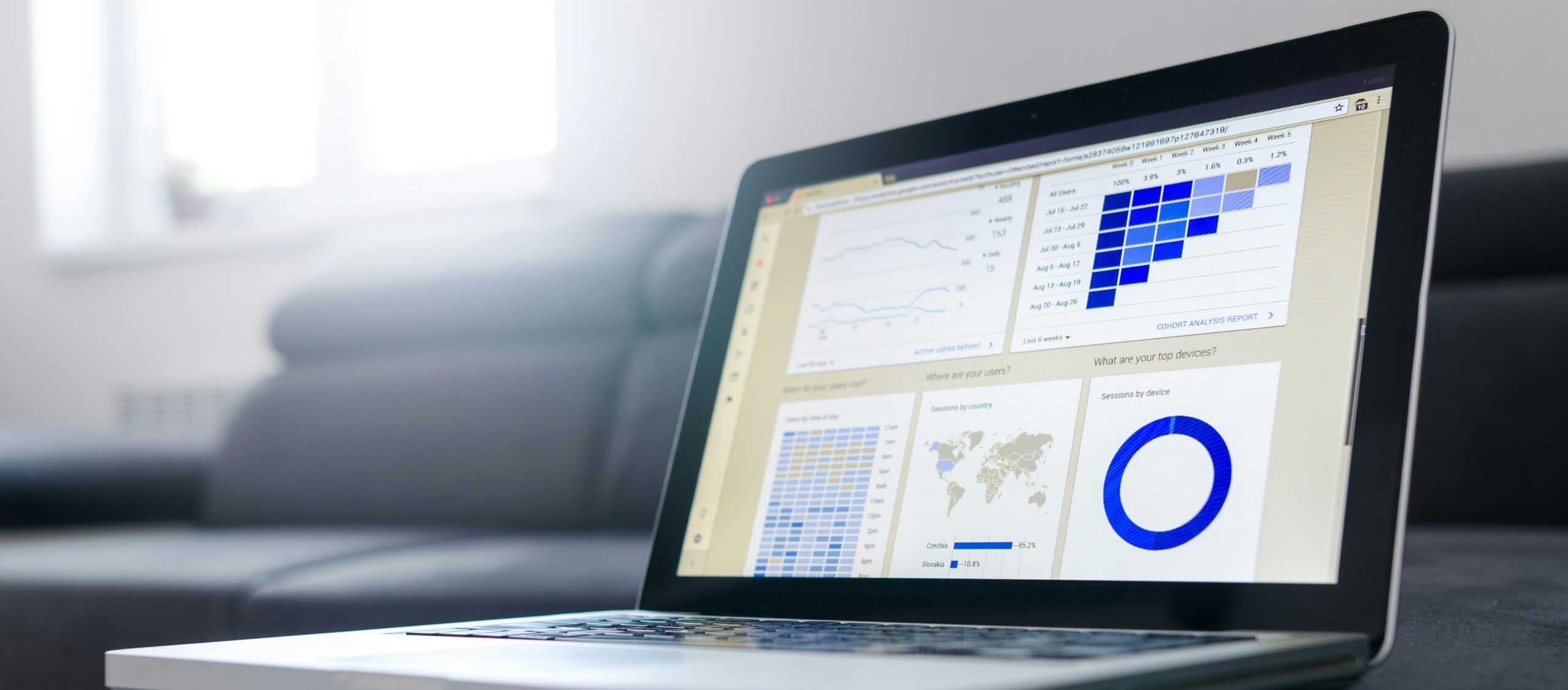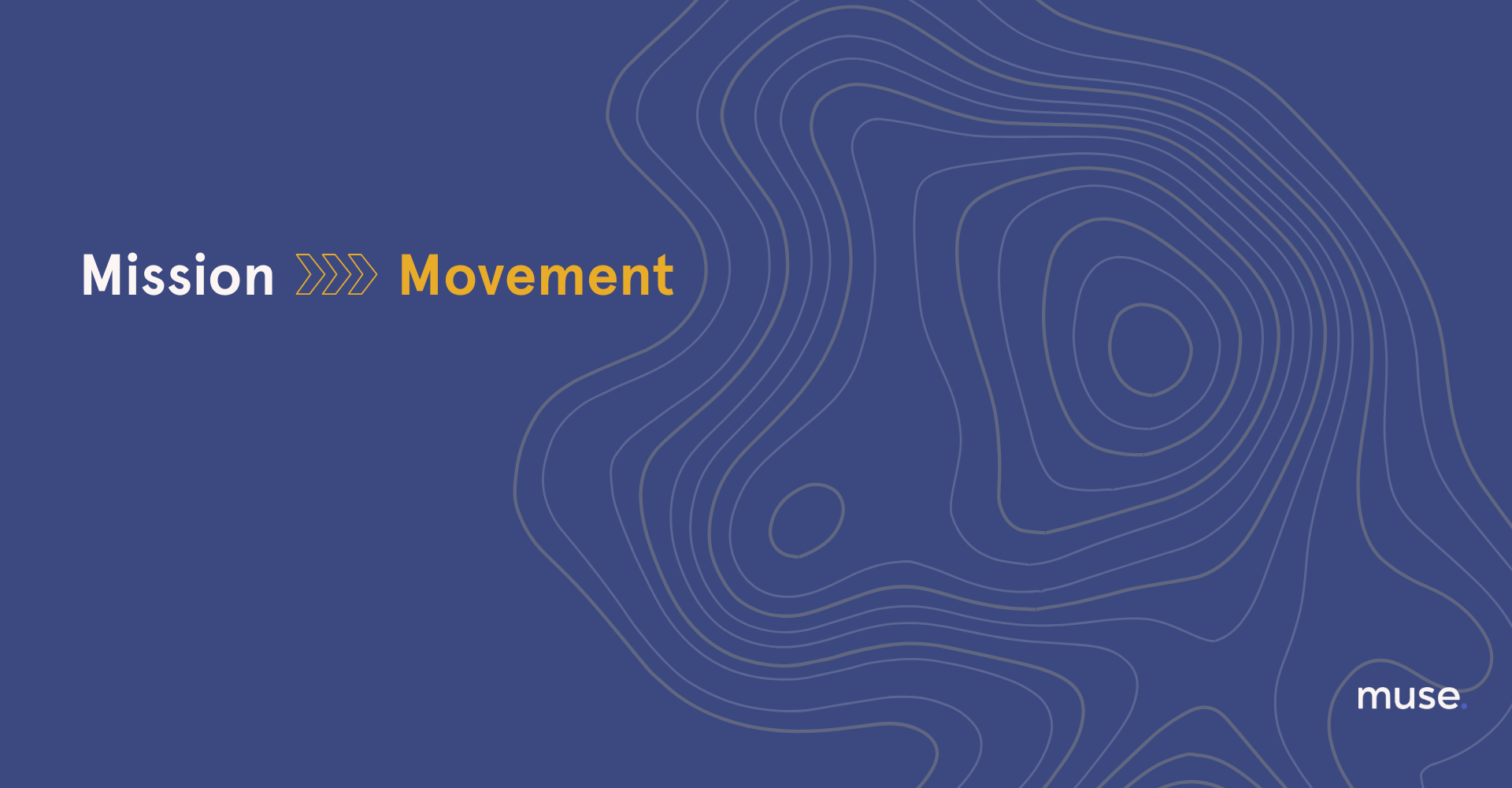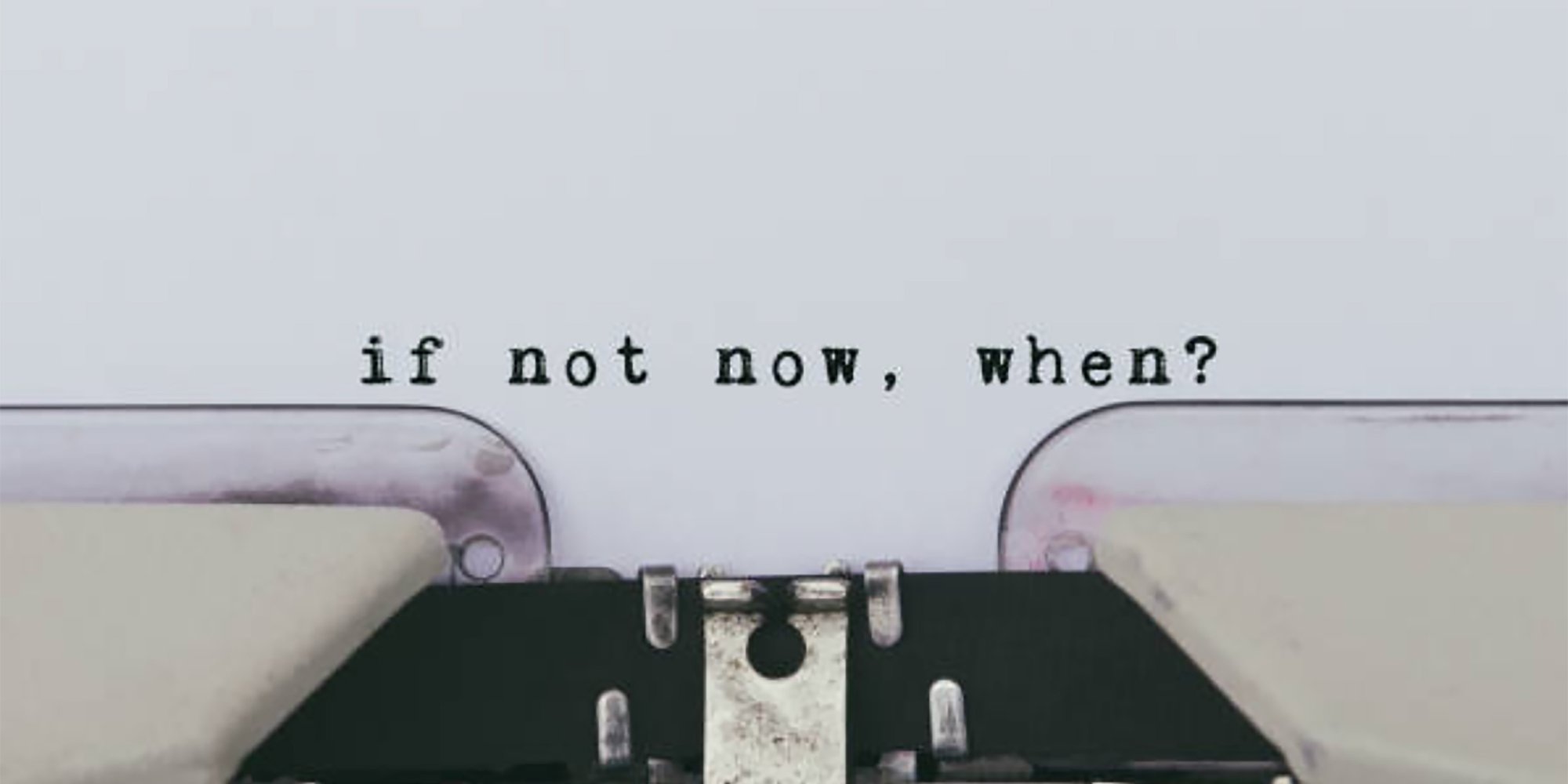Marketing to a Growth Mindset
Messaging that’s proven to sell when audiences are ready for change.
Wellness and learning brands share an ultimate goal: to help people become the best possible version of themselves. At Muse, this higher cause deeply resonates with us, as our work hinges on crafting communication to impact transformation. Through this practice – and thinking through our own personal experiences of growth – we’ve noticed a thread that weaves through the most effective campaigns:
Conversion is more likely when customers are mentally prepared for the change you’ve promised.
It seems obvious, but you’d be surprised how many brands spend dollars marketing to audiences who aren’t yet ready for the product or service. Marketers looking to maximize the ROI should focus efforts on prospects who already have a desire for change.
If you can reach prospects while they’re in the “ready-but-not-quite-there” mindset, it will be much easier (and more cost effective) to persuade them that your products and services are right for them. For medical practices, this may mean seeking out prospective patients with symptoms that have yet to be diagnosed. Fitness providers should look to timely events such as New Year’s resolution or swimsuit-ready season. Online course creators will likely find new students in subject-related gathering places such as industry associations, communities and publications where prospects explore similar interests.
To better understand the consumer journey in the context of readiness, we’ve found the Transtheoretical Model of Change to be an essential anchor. It sounds more complicated than it is. Developed by three psychologists in 1977, the model brought forth an integrated theory that helps assess the invisible steps that people take toward forming new behaviors and healthy habits. As marketers, we can reference this model to effectively pinpoint communication and revenue opportunities that ultimately serve consumers at the right times in their quest for better lives.

How to Capitalize on the “Ready” Stage
The steps we take toward change aren’t always linear; in fact, they’re often cyclical. Consider how many times you’ve started and stopped a workout or nutrition program, a mindfulness practice, or a new morning routine, for example. More than likely, you moved forward and backward through the various stages of “Readiness” before reaching “Maintenance,” if you got there at all. Your customers are no different, so the way you communicate with them must be right-sized according to where they are – ideally, when they’re thinking about making a change.
While you can spend time and money in the “Not Ready” stage, be prepared to invest a hefty budget over the long haul. These dollars don’t often produce immediate ROI, although they can serve an important brand awareness tactic to incite brand recall if and when audiences move to a growth mindset.
Communication Strategies for the “Getting Ready” Stage
When people are contemplating change, they have intentions to start the healthy behavior in the immediate or near future. Perhaps they’ll be ready next week, next month or over the New Year. Unless there's a severe pain point, the disadvantages aren’t overwhelming enough to drive action toward the advantages of transformation. This ambivalence can cause them to procrastinate.
One approach to spark action is to show them the kind of life they might have if they changed their behavior. This stage is about making them aware of the cognitive dissonance that breeds frustration in their minds. The intellect may desire a healthy lifestyle or a better career, but the subconscious drives them to reach for that second cookie or hit the snooze button instead of showing up for class. This misalignment between conscious and subconscious can produce growing anxiety as the intellect becomes more annoyed with the status quo. Your products or services will help solve this problem.
Messages that may work in the “Getting Ready” stage:
- You’ve been thinking about it. What’s holding you back?
- This is the change you’ve been waiting for.
- Your future self called. The solution is here.
You might also try risk-focused messaging without fear mongering. Not surprisingly, many people are skeptical when presented with the promise of a future filled with rainbows and roses. Instead, they’re motivated by the risks associated with NOT taking action.
- Don’t let procrastination sustain your reality.
- Is the same old, same old getting the best of you? You can do better.
- If not now, when?
As with any best-practice messaging platform, be sure your brand communications are less about you and all about them. Use the words “you” and “your” liberally on your website and in your campaigns. Once audiences are convinced that the time is right, they’ll be compelled to dive deeper into your website, where they’ll find all the features and benefits you have to offer.
Communication Strategies for the “Ready” stage
When people are truly ready to take action, they still have a short window to regress. They often start with small steps to make the healthy behavior more real to them. That’s why trial-based offers often work well at this stage.
- There’s no better time than right now. Especially with this free offer.
- Try it for ten days. See a change or your money back.
Annie Grace, a well-known thought leader in the alcohol-free movement, has built a book and series of learning programs around trial to initiate risk-free action. Her book, The Alcohol Experiment: A 30-day Alcohol-Free Challenge to Interrupt Your Habits and Help You Take Control, thoughtfully positions the step toward sobriety as a welcoming “experiment” and “challenge,” encouraging audiences to try an alcohol-free lifestyle and see how they like it. Compare this to a program like AA, which is highly effective for many people, but requires a more drastic leap of all-in commitment, along with an acceptance of the label of “alcoholic.” While each approach has its advantages and should be carefully considered in context with the depth of the addiction, Annie Grace has effectively made an alcohol-free lifestyle approachable to a vast number of people who may not perceive their problem to be worthy of a full-blown commitment to AA.
It’s well known that behavioral change is more likely to stick when family, friends or a community is involved for support and accountability. If your program includes one-on-one coaching, regular student interaction or exclusive membership to a group, be sure to promote this as an important benefit. Remind audiences about the advantages they’ll enjoy with the camaraderie of your community or their own.
- Start today and become part of a community that cares.
- Bring a friend along for the journey with this BOGO offer.
As part of her Live 30-Day Alcohol Experiment courses, Annie Grace’s team facilitates a month-long Facebook group with live videos and ongoing interaction in the cohort. The communities often start their own Alumni Facebook groups to stay in touch once the experiment is over. In this way, they also communicate new opportunities to further engage with Annie and her coaches, such as The Path, 12-month coach-guided program that requires an ongoing financial commitment. This is a textbook example of how a brand can continue to build trust, create transformational progress and, ultimately, increase client retention by leveraging the cyclical nature of the readiness and maintenance mindsets in the model of change.
When audiences are in the “Ready” stage and actively seeking the solution to change, the top concern is taking action and failing, thus wasting time and money. The better supported they feel and more incentivized they are, the more likely they’ll convert. Show up for customers at this stage by adding extra value that activates conversion and encourages success. Offer encouragement and affirmation from current customers. Develop a guarantee that reduces financial risk.
Most importantly, help them stay focused on WHY they want this change. Understanding the deep drivers of motivation opens the door to helpful content that cultivates productive and profitable relationships. As they maintain the change, you’ll keep their business. If you’re not sure about the primary motivators of your current customers, members or students, contact Muse for an online survey to help you find out.
Don’t forget! You can identify potential customers in the "Getting Ready” or “Ready" stages by targeting the audiences of similar wellness or learning brands. These folks are at least open to – if not actively looking for – helpful tools for achieving their full potential. And to retain them, concentrate on creating content and cultivating community, both of which will help keep them in the “Maintenance” stage for ongoing upsell – deepening their results and yours.
Look for future Muse articles on how to leverage the Transtheoretical Model of Change for your nutrition, wellness or learning brand.
About the Author
Jackie Bebenroth is Founder and Chief Brand Advisor of Muse. She works alongside leading brands and executives to develop strategic positioning and messaging strategies that set the stage for long-term success. Her work, from local restaurant branding to six-figure global initiatives, has flown her around the country to speak on the art of content marketing. Jackie has earned a number of accolades, most notably a SXSW Interactive finalist award, the American Advertising Federation’s 40 under 40 award and Content Marketing Institute’s Content Marketing Leader of the Year.
More Good Reads

Q&A: Navigating AI Overviews, Site Traffic Drops & the New Frontier of Search
Lauren Konst interviewed Matt Burkarth, a digital marketing expert from WTM Digital, for actionable tips on surviving and thriving in the AI-driven content landscape.

How a Unifying Brand Narrative Helps Your Organization Achieve Strategic Goals
From mission to movement: How you can leverage your association's story to ignite purpose, engage members and increase retention.

